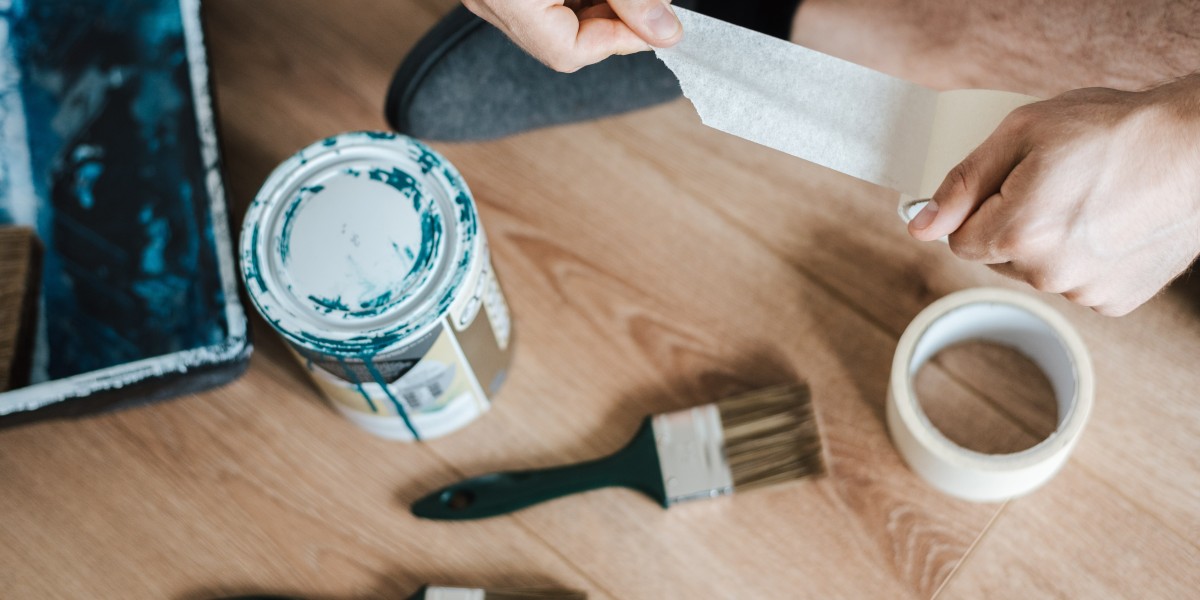Applying paint evenly and professionally can be a daunting task. But it is possible with the right preparation and technique. In this guide, we will walk you through the steps on how to apply the paint, from choosing the right paint to finishing touches.
Preparation
Here are some details on the Preparation for applying paint:
Choose the right paint
The type of paint you use will affect how it applies. For example, latex paint is easier to apply than oil-based paint.
Prepare the surface
The surface you are painting should be clean, dry, and free of any dirt, grease, or dust. You may need to sand the surface before painting to create a smooth, even finish.
Prime the surface
Priming the surface will help the paint adhere better and create a more even finish.
Preparing the surface
Here are some more tips for preparing the surface for painting:
Remove any loose paint or debris
Use a putty knife or sandpaper to remove any loose paint or debris from the surface.
Fill any cracks or holes
Use a spackle or joint compound to fill any cracks or holes in the surface.
Sand the surface
Once you fill the cracks or holes, sand the surface with fine-grit sandpaper.
Clean the surface with a damp cloth
Wipe the surface with a damp cloth to remove any dust or dirt. Allow the surface to dry completely. Once the surface is clean, allow it to dry completely before painting.
Applying the paint
Here are some details of Applying the Paint:
Use the right tools
The type of tools you use will affect how you apply the paint. For example, a roller is a good choice for large, flat surfaces. While a brush is a good choice for smaller, more detailed areas.
Apply the paint in thin coats
Thick coats of paint are more likely to run or drip. Apply the paint in thin, even coats, allowing each coat to dry completely before applying the next coat.
Overlap your strokes
When applying the paint, overlap your strokes by about 50%. This will help to create an even finish.
Work from the top down
When painting a vertical surface, start at the top and work your way down. This will help to prevent drips.
Here are some more tips that you may find helpful:
Use a paint sprayer for large surfaces
A titan 440 paint sprayer can help you to apply paint over large surfaces.
Use a drop cloth
Use a drop cloth to protect your floors and furniture. A drop cloth will help to prevent paint from dripping onto your floors and furniture. It is also a good idea to cover any electrical outlets or light switches with painter's tape to prevent paint from getting into them.
Take breaks
If you are painting a large surface, take breaks to allow the paint to dry completely. This will help to prevent the paint from drying.
Tips
Here are some tips for applying paint:
Use a paint sprayer for large surfaces
A paint sprayer can help you to apply paint over large surfaces. But, using a paint sprayer designed for interior use is important. As exterior paint sprayers can emit fumes that are harmful to breathe in.
Inspect the finish
Once the paint is dry, inspect the finish to make sure it is even and free of any runs or drips. If necessary, you can apply another coat of paint to correct any imperfections.
Here are some more tips that you may find helpful:
Use a high-quality paint roller
A good-quality roller or Titan 440 paint sprayer will help you to apply the paint and prevent it from dripping.
Use the paint tray
Use a paint tray that is the right size for the roller you are using. A too-small tray will make it difficult to load the roller. While a too-large tray will make it difficult to control the amount of paint you are applying.
Load the roller with paint
You don't want too much paint on the roller, or it will drip. But you also don't want too little paint, or you will have to go back over the same area many times.
Roll the paint on in smooth, even strokes
Don't press too hard, or you will create brush marks. Backroll the surface after you have applied the first coat of paint. This will help to blend the edges and create a smooth, even finish.
Conclusion
Achieving an even and professional paint application requires attention to detail and following a few key steps. By preparing the surface, using the right tools and techniques, and applying the paint, you can ensure a flawless finish. Remember to clean and prime the surface, choose high-quality paints, and use appropriate brushes, rollers, or sprayers. Take your time, be patient, and follow these guidelines to achieve a painted space. That showcases your attention to detail and enhances the aesthetic appeal of your project.








